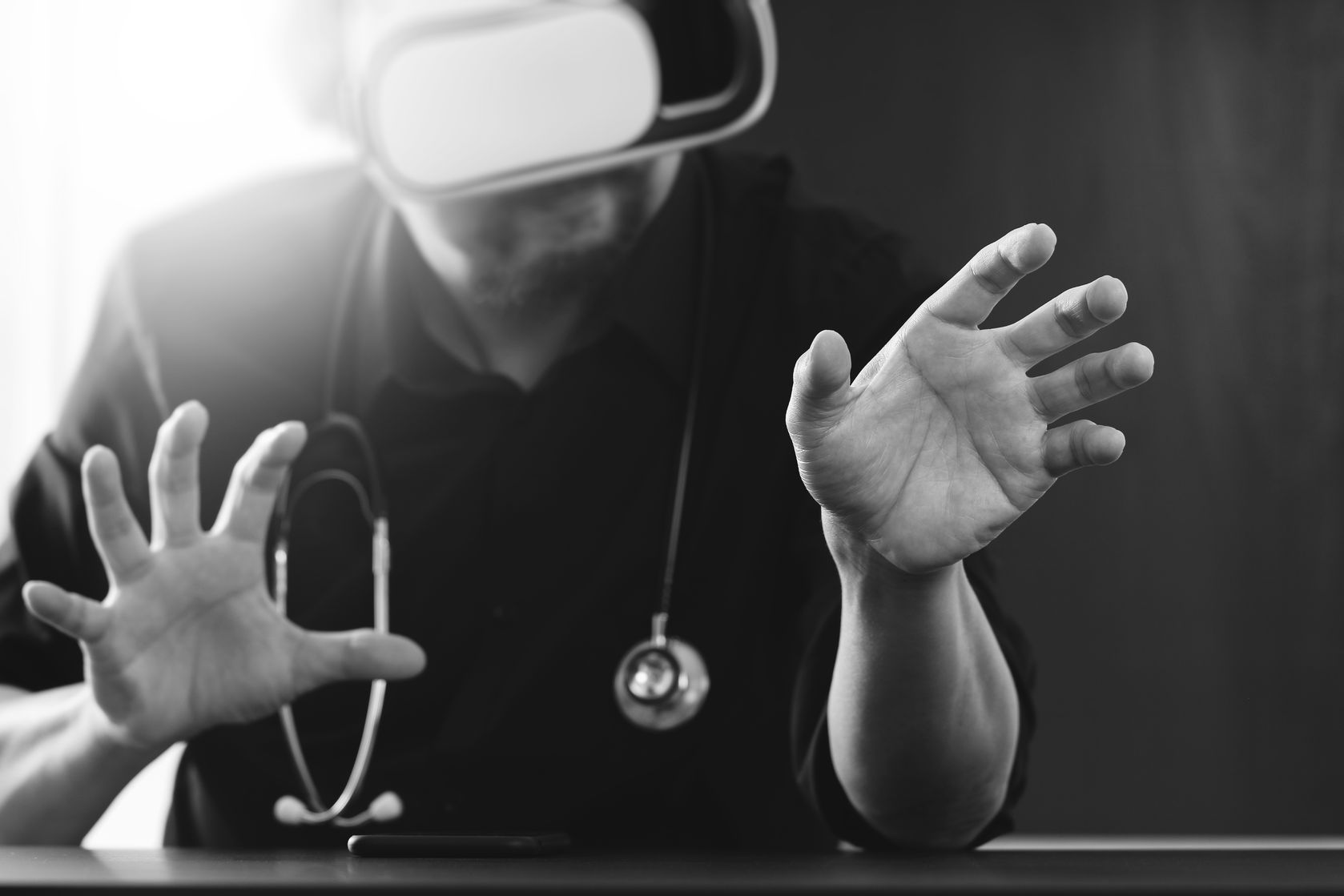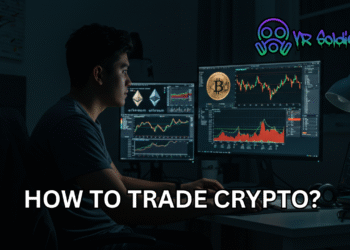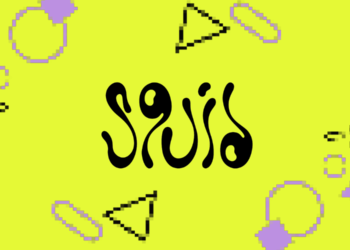Virtual Reality Exposure Therapy (also called VRT) is the use of VR technology as psychological therapy. VRT doesn’t require a VR headset, a simple PC and keyboard setup is also enough to immerse an individual in a simulation. However, naturally the use of a VR headset is a more effective way to heal and treat psychological disorders.
First introduced in 1994 by Max North, VRT is a cost effective, efficient, and a fun way of treating behavioral and psychological issues. Some common ailments that can be treated with VRT include Depression, PTSD, many types of Phobias, Body Dysmorphia, and can even improve social skill so those diagnosed with Autism or Asperger.
How does it work?
Virtual Reality Therapy is the combination of Exposure therapy with VR. Exposure therapy is a type of behavior therapy that is used to treat many anxiety disorders. The process involves exposing the patient to the feared object or situation.
In cases of social anxiety, it may be harder to physically place patients into specific social situations. With the help of VR the person can immerse himself in these very specific situations without even leaving the room. Virtual Reality Exposure Therapy can be a good introduction before exposing patients to the real situation or object.
Benefits of VRT
VRT uses specialized software to immerse users into the environments. With the use of controlled stimuli, the therapist can more easily identify the patient’s triggers or phobias. Introducing a vibration, a certain smell, or even certain hazards can help the therapist monitor the patient in a more controlled way.
Furthermore, the utilization of software allows for specific types of exposure therapy. In a controlled virtual simulation, the therapist can use flooding – which overwhelms the patient with the anxiety inducing simuli. While it may sound brutal at first, flooding uses a combination of intense and relaxed environments. Using this technique can help users to find a way of dealing with their fears through heightened exposure.
The other way that a therapist can use VRT to treat patients is using a less intensive approach called graded-exposure. This method relies on taking a gradual way of introducing the stimuli. This method is meant for more sensitive patients that have a hard time dealing with their anxiety.
Last but not least, VRT is a much more cost effective method rather than traditional therapy. It does not require visits to the therapist as the communication can take place online. Furthermore, if the patient is tech-savvy enough, he can self treat by buying the therapy software himself.
If you liked this article make sure to follow us on twitter @thevrbase and subscribe to our newsletter to stay up to date with the latest VR trends and news.












